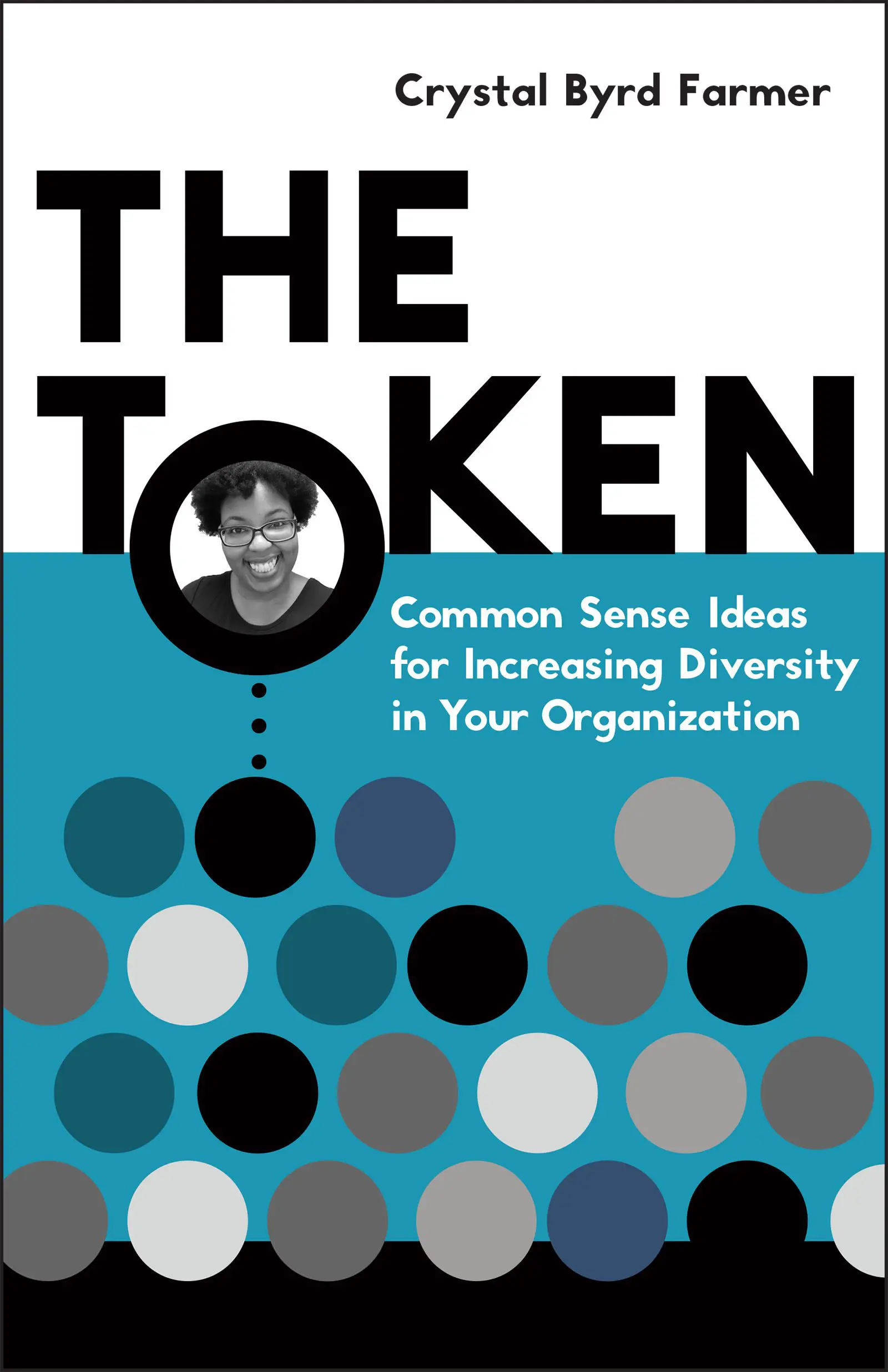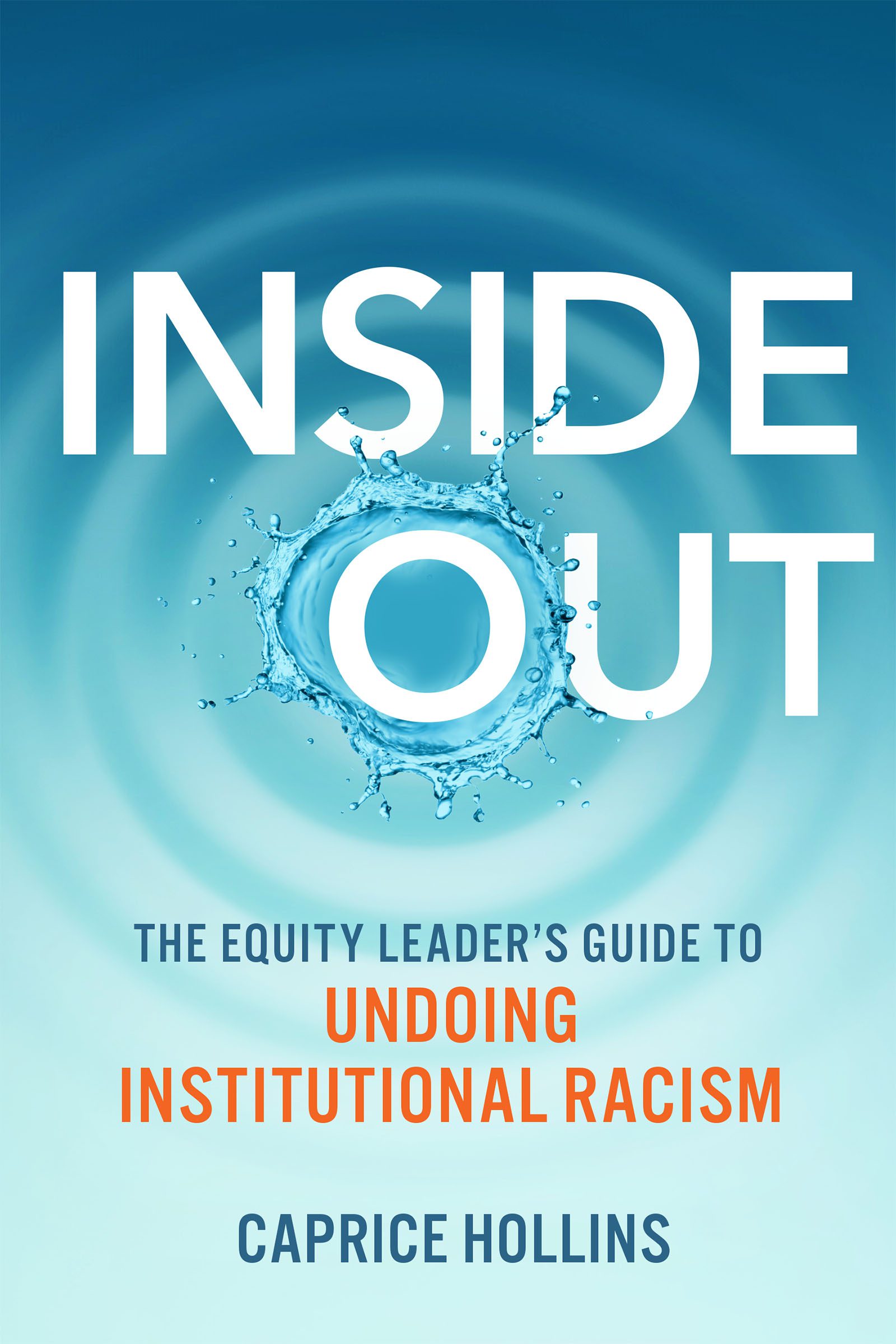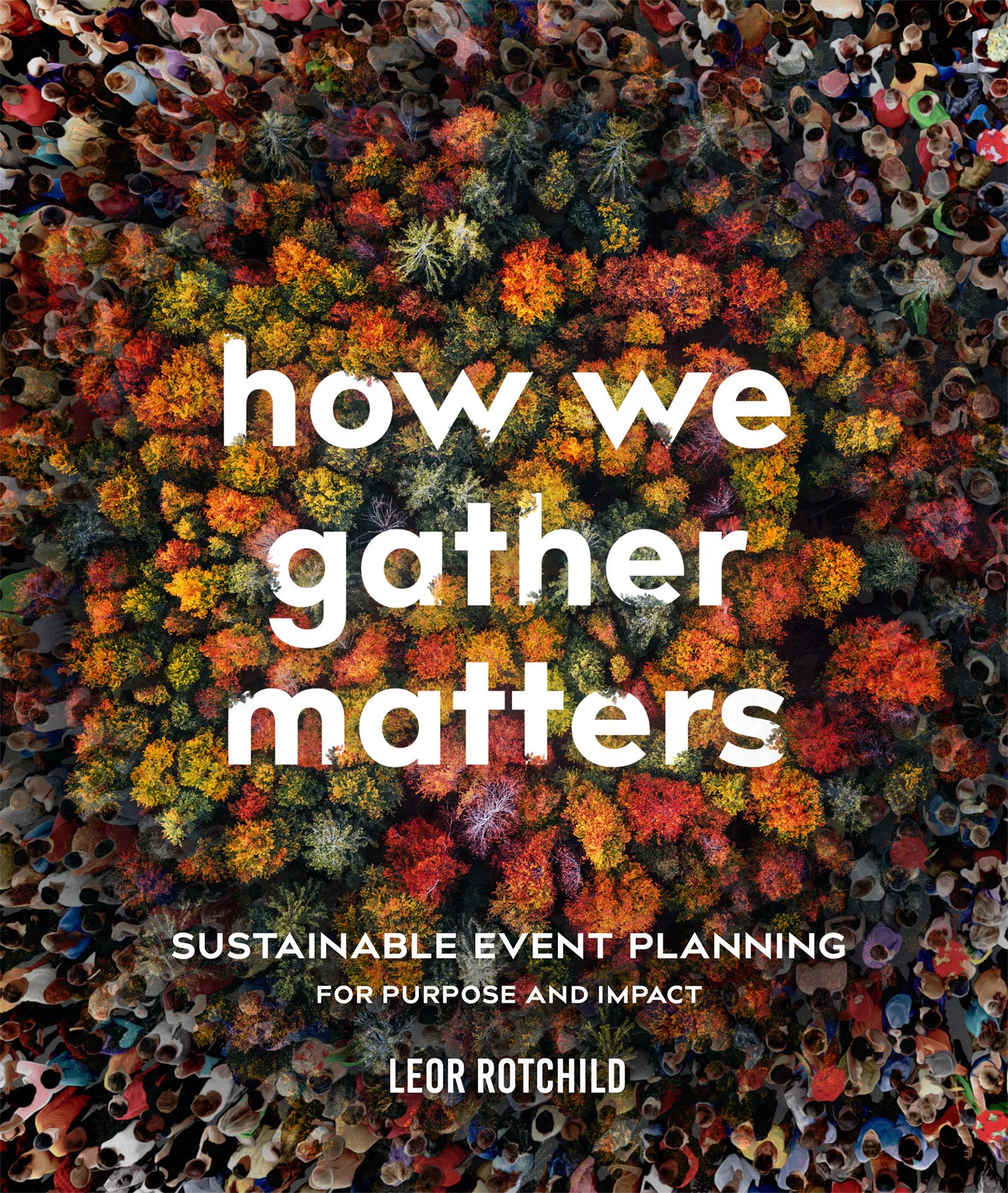January 22 marks the beginning of Chinese New Year with the first new moon of the lunar year, and ends 15 days later on February 1st, the full moon. Though this celebration is probably most familiarly known as the Chinese New Year, it is also celebrated as new year or spring festivals by many other Asian cultures.
The actual origins of the Lunar New Year festivals go back thousands of years, and are cloaked in legend. One legend is of Nian, a dreadful beast that devoured human flesh, but feared the color red, fire, and loud noises. To ward off Nian, red decorations were hung from doors and houses, firecrackers set off, and lanterns kept lit through the night to frighten the beast off.

Across all cultures that celebrate, this festival is largely a joyous recognition of the return of light and the promise of spring; the coldest days are behind us, and the days are getting ever so slightly longer. This celebration is a wonderful way to acknowledge that the promise of spring, and light, and new growth is definitely in the air!
In honour of this, here are 8 things you may not know about Chinese New Year, from www.chinesenewyear.net, where you will find lots more info about this celebration and its importance throughout the world.
1. Chinese New Year is also known as the Spring Festival
In China, you’ll hear it being called chunjie (春节), or the Spring Festival. It’s still very wintry, but the holiday marks the end of the coldest days. People welcome spring and what it brings along: planting and harvests, new beginnings and fresh starts. You can also call it the Lunar New Year, because countries such as North and South Korea and Vietnam celebrate it as well.

2. It is a day for praying to gods…
The Spring Festival was originally a ceremonial day to pray to gods for a good planting and harvest season. As an agrarian society, the harvest was everything. People also prayed to their ancestors, as they were treated as gods (see Mulan for reference).
3. …and fighting off monsters
But the myths are much more interesting. According to one legend, there was a monster named Nian (年). It would come about every New Year’s Eve. Most people would hide in their homes. But one boy was brave enough to fight him off using firecrackers. The next day, people celebrated their survival by setting off even more firecrackers. And that practice became a crucial part of the Spring Festival.

4. The most fireworks are set off in the world that night
As in the myth about Nian, firecrackers are supposed to scare off monsters and bad luck. So people stay up on Chinese New Year’s Eve and set off firecrackers at midnight. In the morning, firecrackers are used again to welcome the new year and good luck.
5. The Spring Festival causes the largest human migration in the world
The most important part of Chinese New Year is the family reunion. Everyone should come back home for the New Year’s Eve dinner. But since in modern China, most elderly parents live in rural villages while their children work in the cities. The migration back home and to go on vacation is called chunyun (春运), or Spring Migration.
6. Children receive lucky money in red envelopes
In other cultures, children receive gifts for holidays. Gifts are also exchanged during the Spring Festival. But Chinese children receive something else too – red envelopes. Also called red packets or pockets, they include money. This money is supposed to help transfer fortune from the elders to the kids. They can also be given between bosses and employees, co-workers, and friends.
7. The Chinese decorate everything red for Chinese New Year
Every family will deck their homes in this color. Do you remember the story about Nian? Firecrackers aren’t the only thing that scared the monster away. Red is also an invaluable weapon; the Chinese will hang up red lanterns and strings of (real or fake) chili peppers, paste red paper onto doors and windows, and more! New clothes are also believed to bring good luck and start over fresh. People will add new red clothing to their Spring Festival wardrobe too.

8. Chinese New Year is celebrated all around the world
One out of every 5 people in the world is Chinese. But that stat doesn’t include the millions of overseas Chinese and people of Chinese descent. London, England; San Francisco, USA; Sydney, Australia; all claim to have the biggest Spring Festival celebrations outside of Asia. We can’t say if that’s true or not. But if you have a Chinatown nearby, you can definitely get a feel of what the celebrations are like.
Make sure you go check out the parades, lion dances, lantern statues, fireworks and amazing food!





